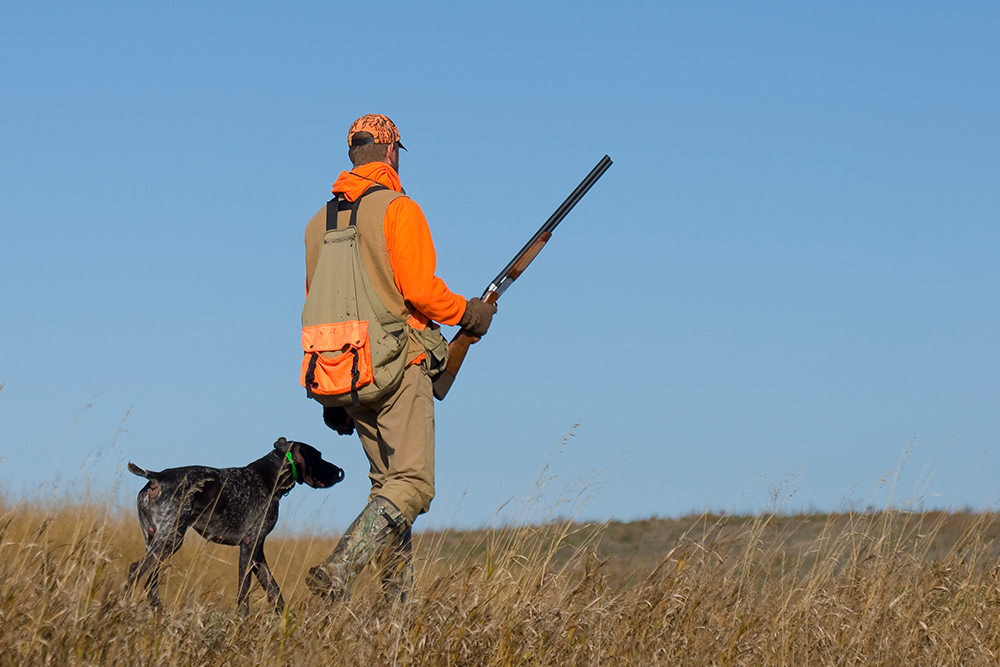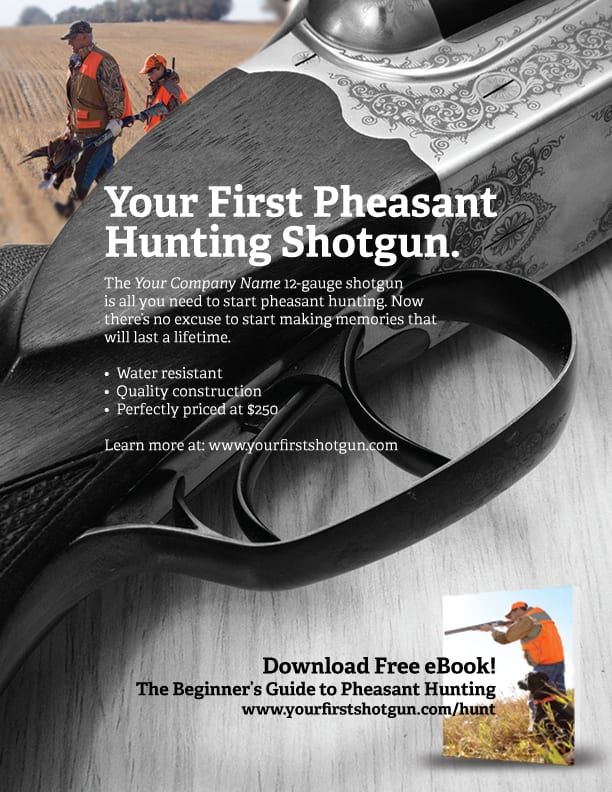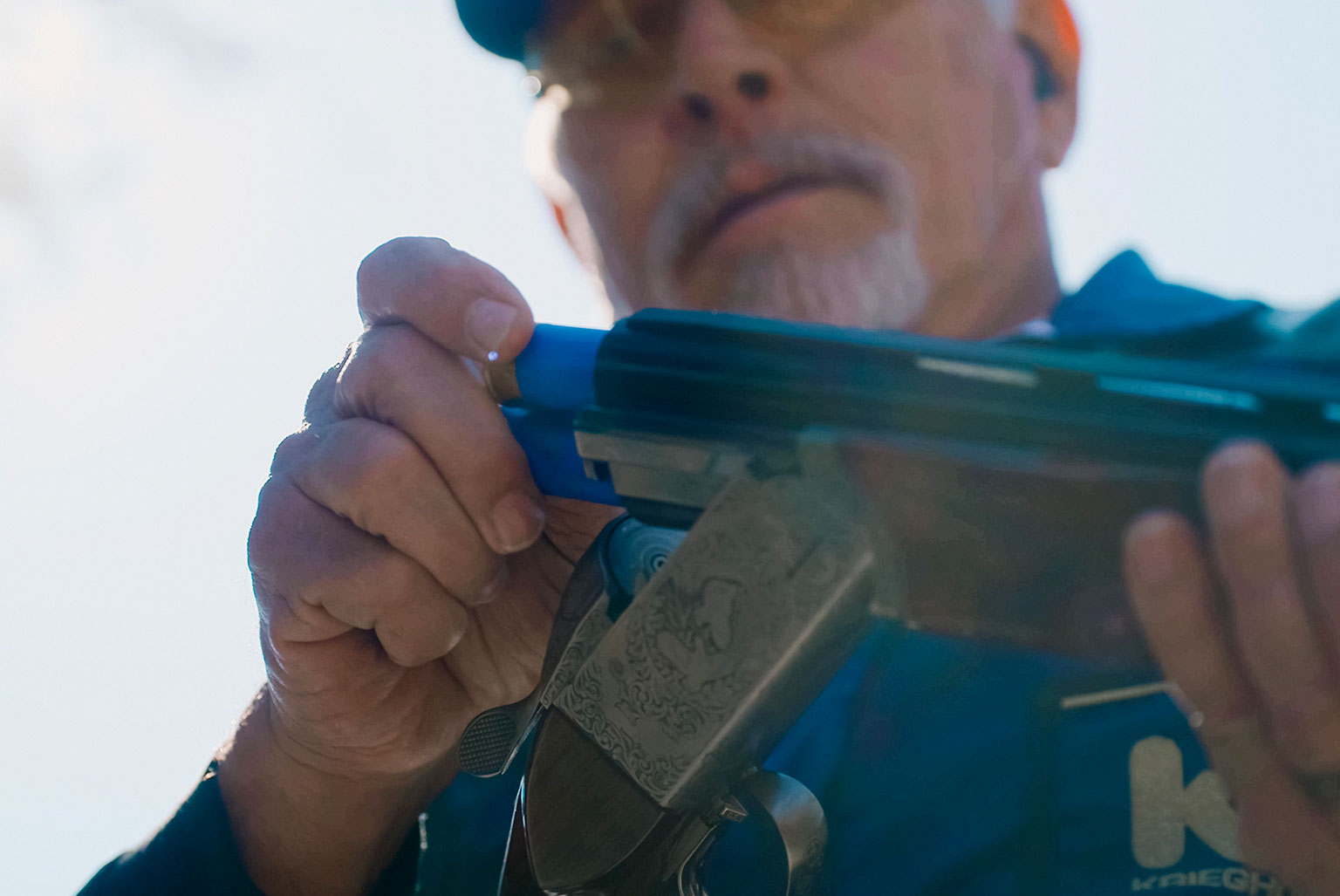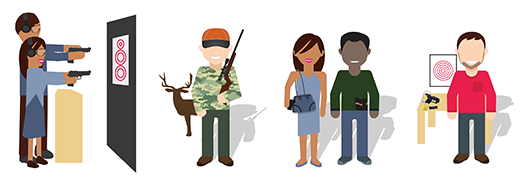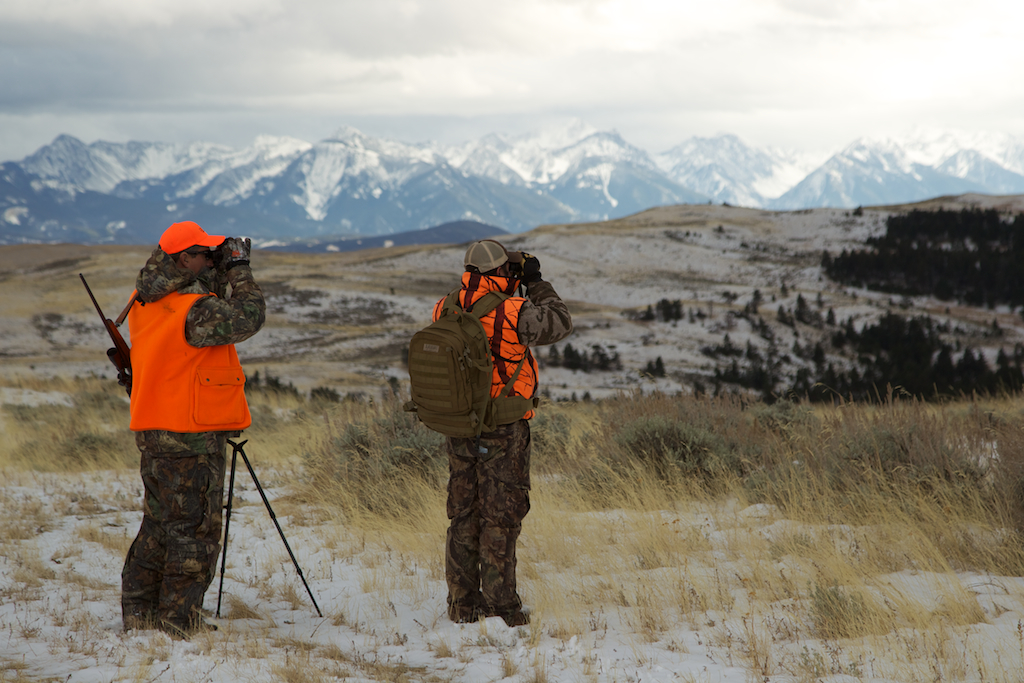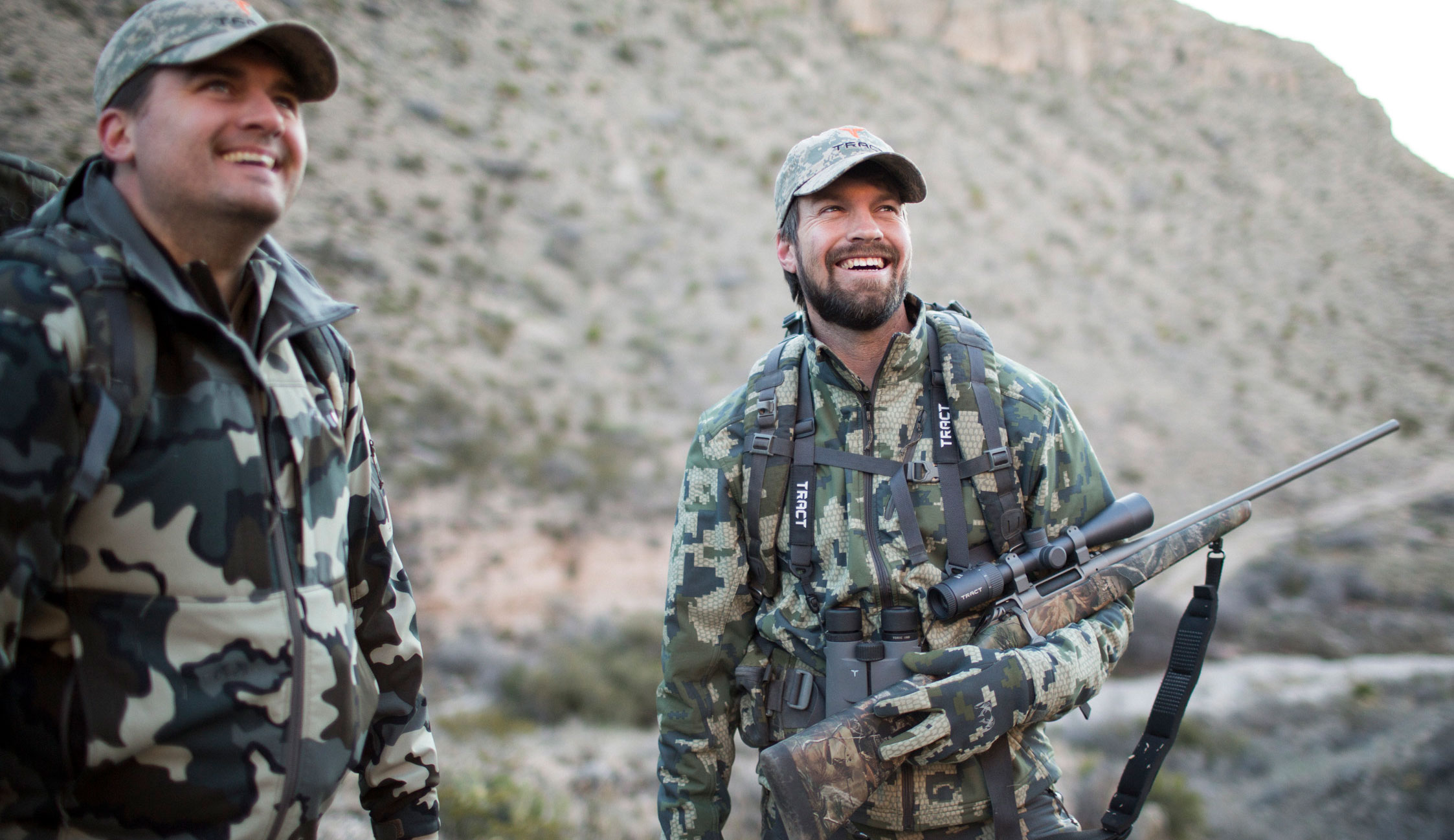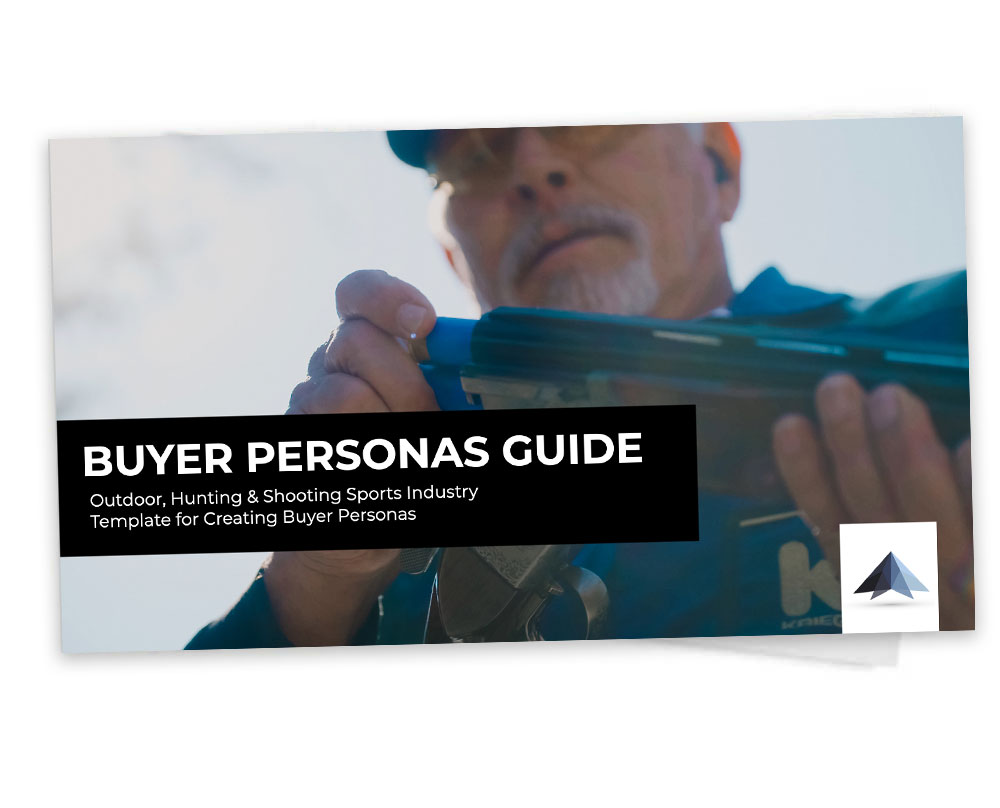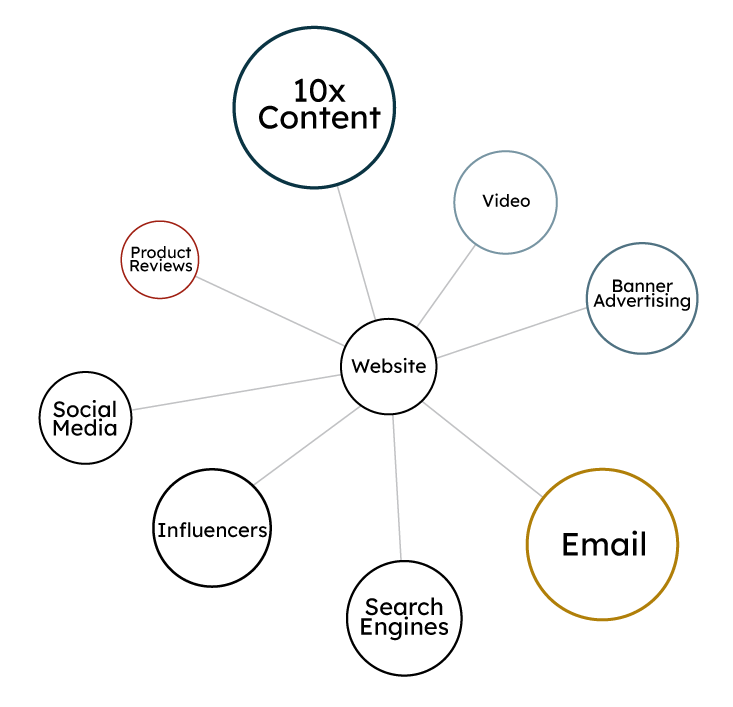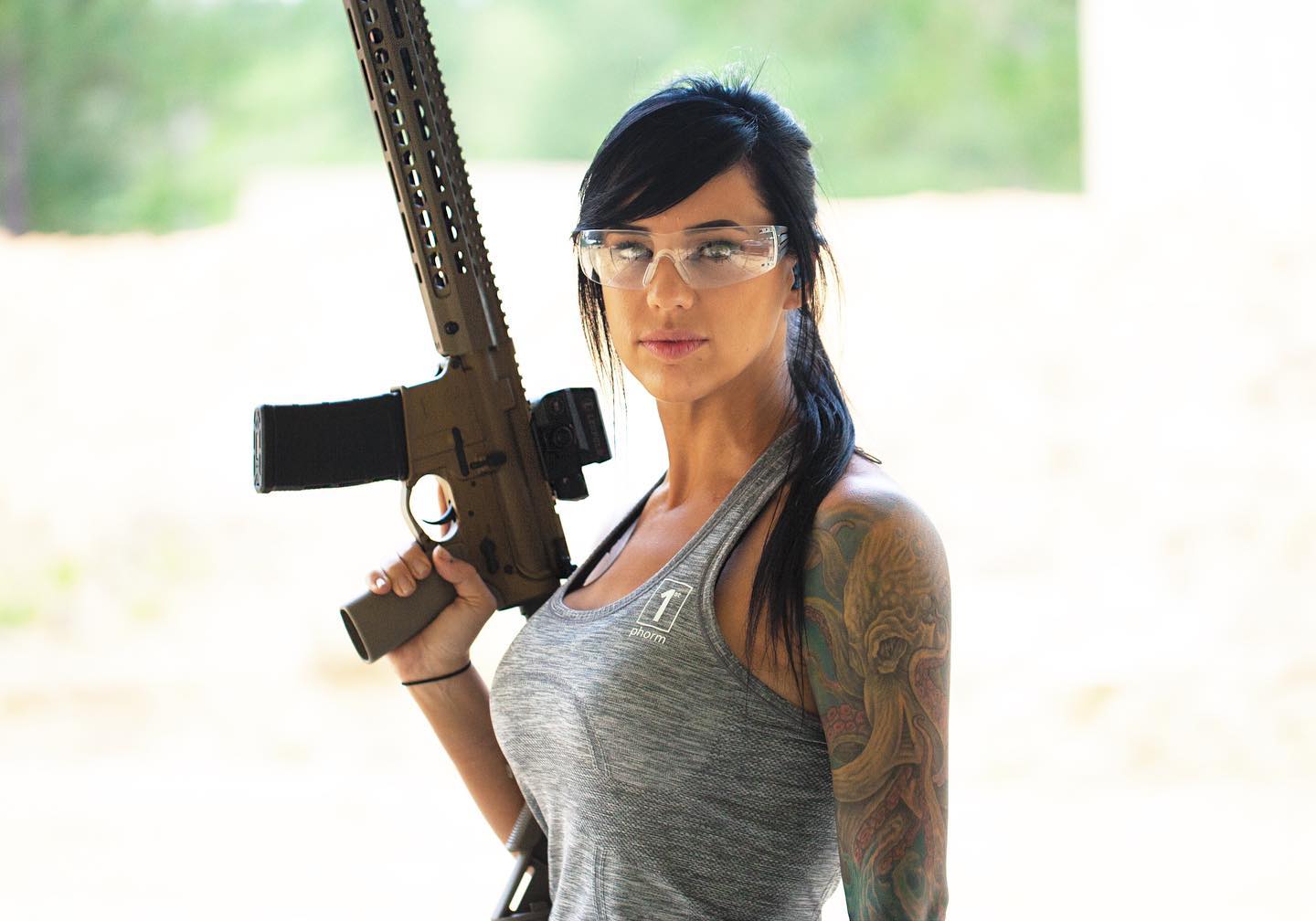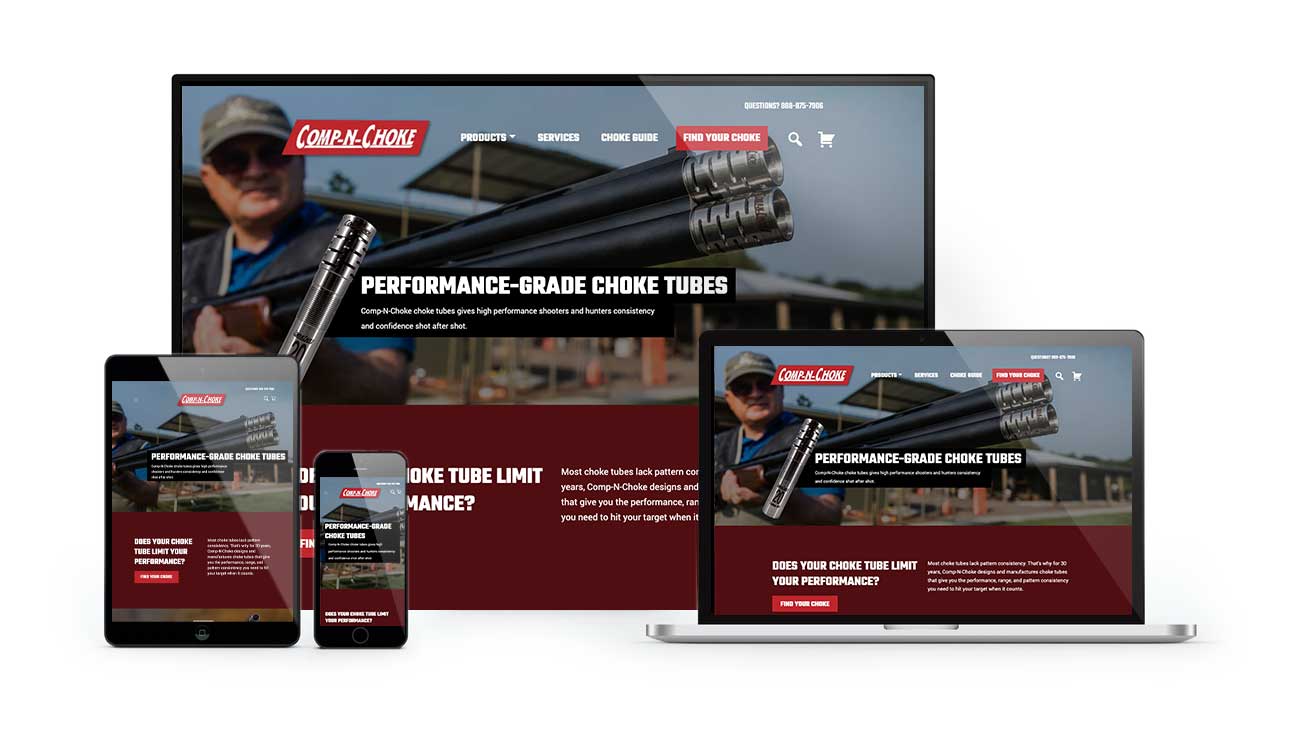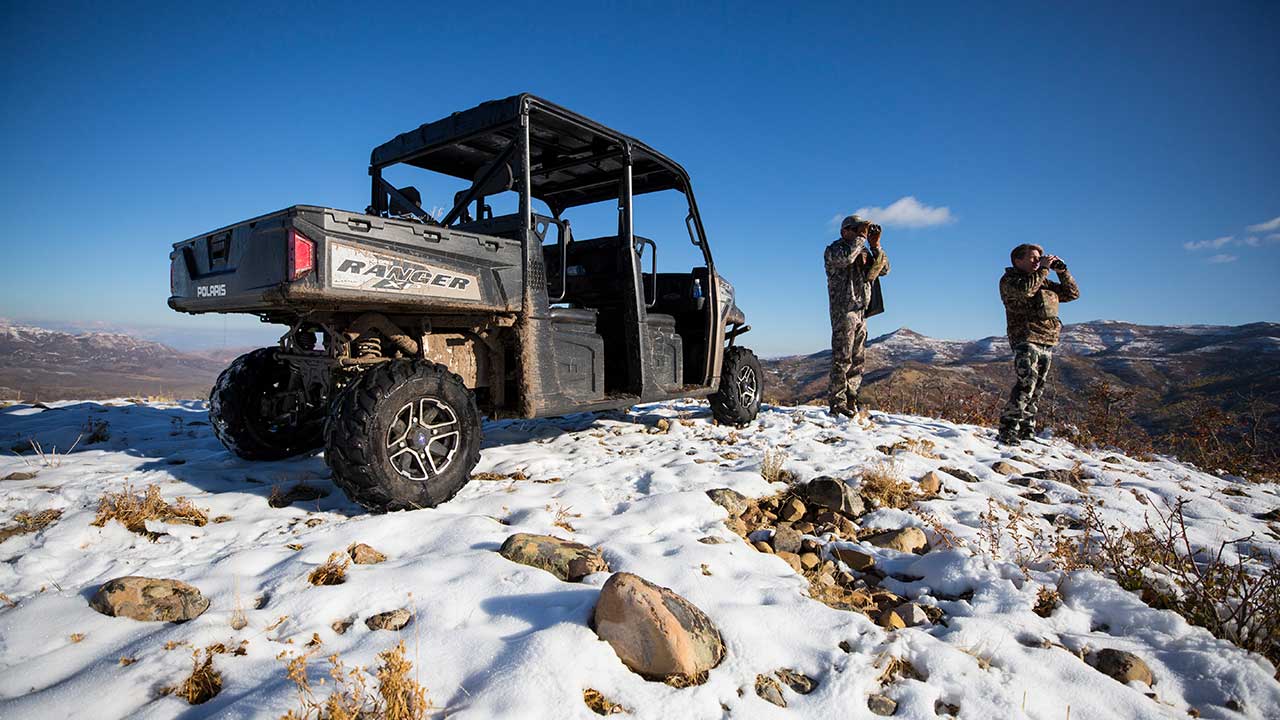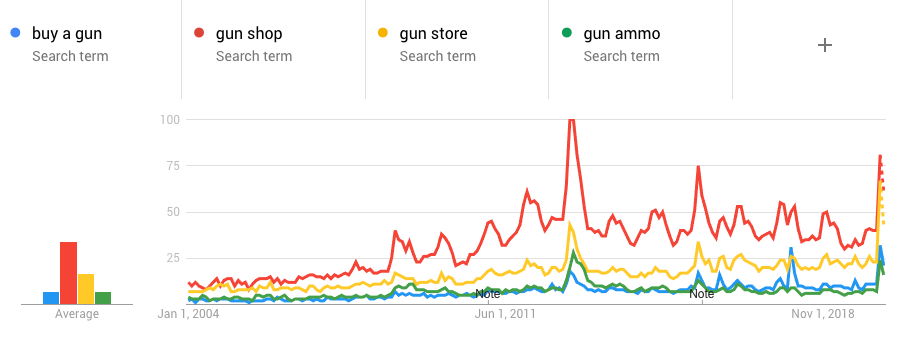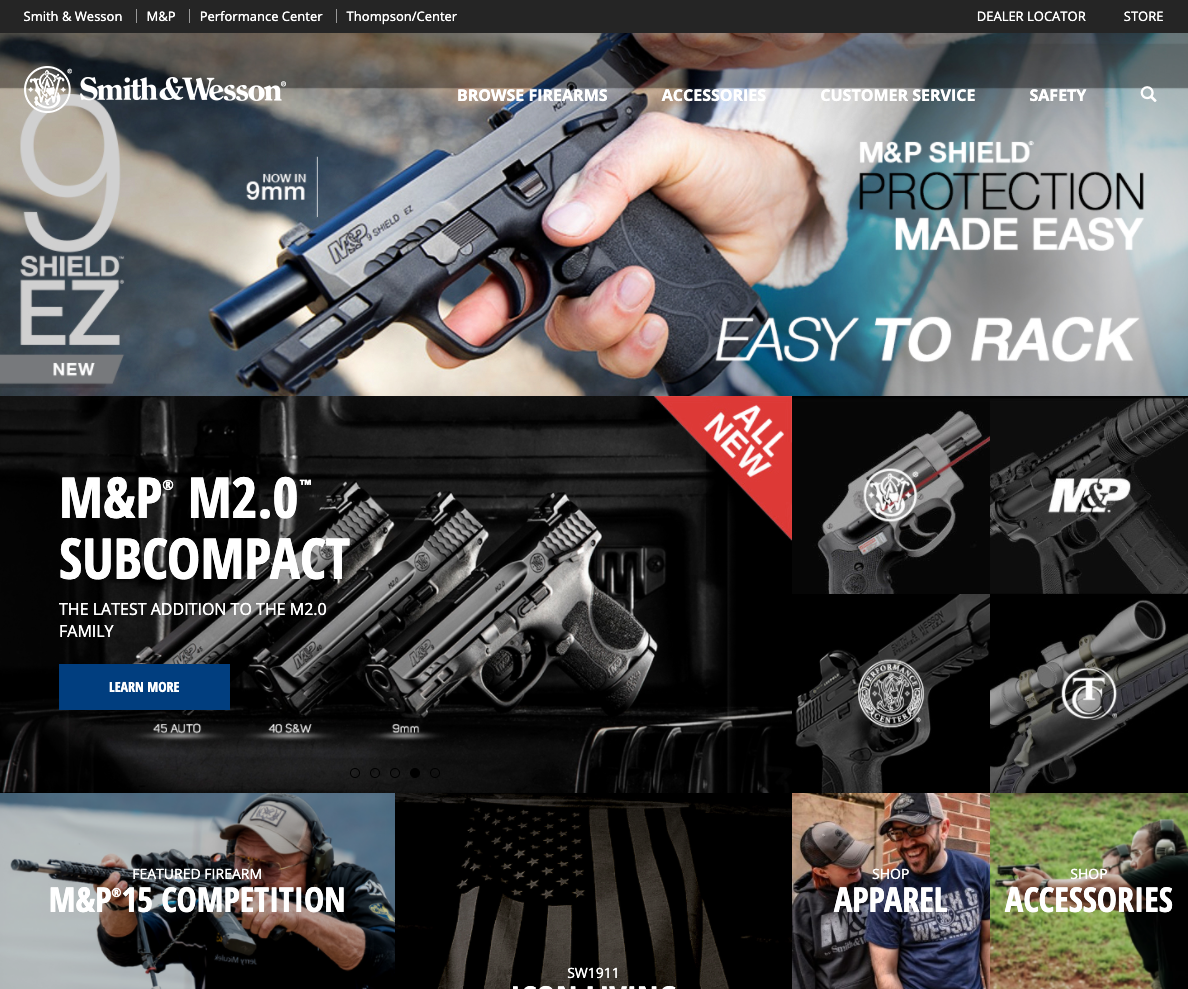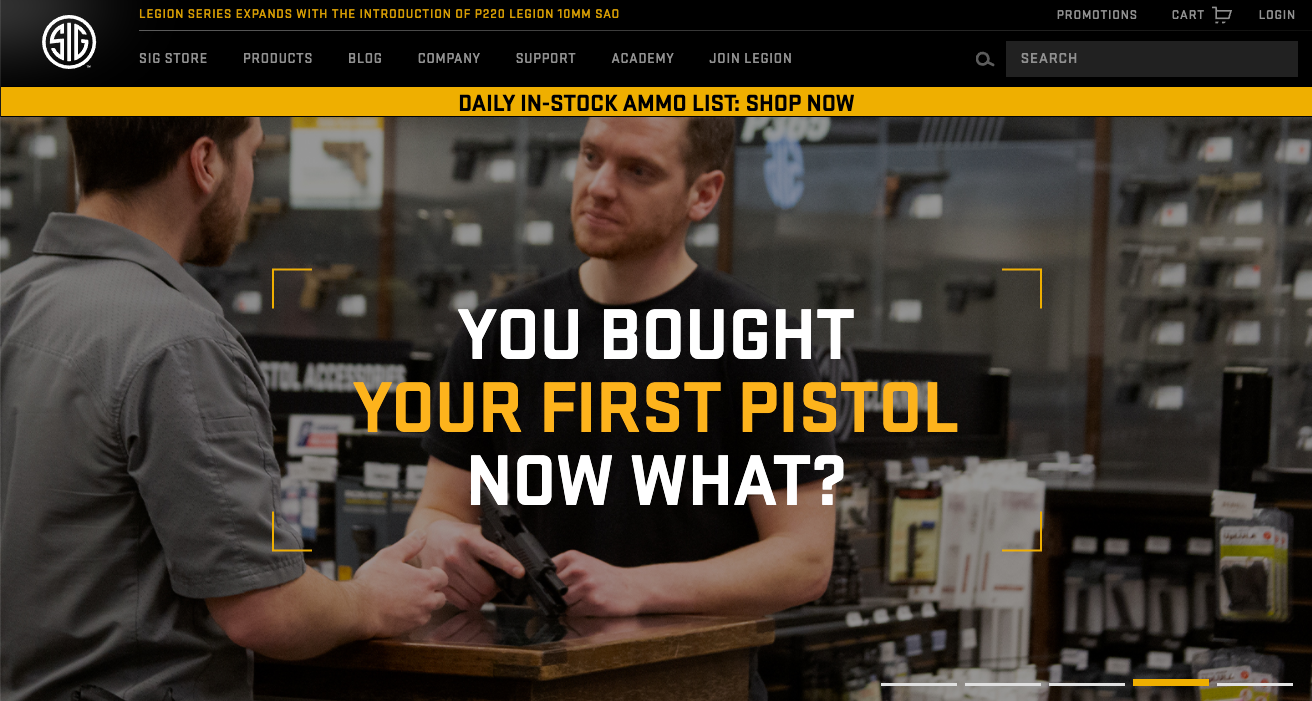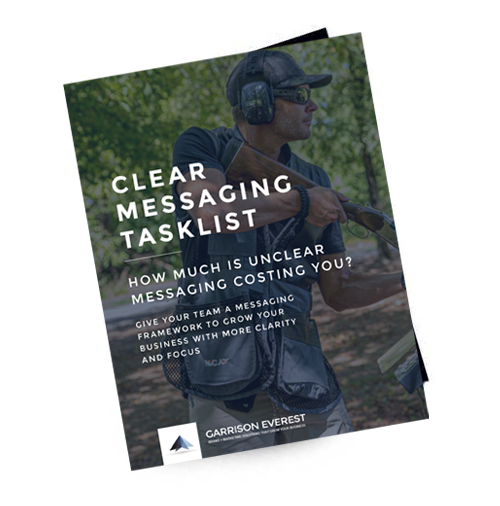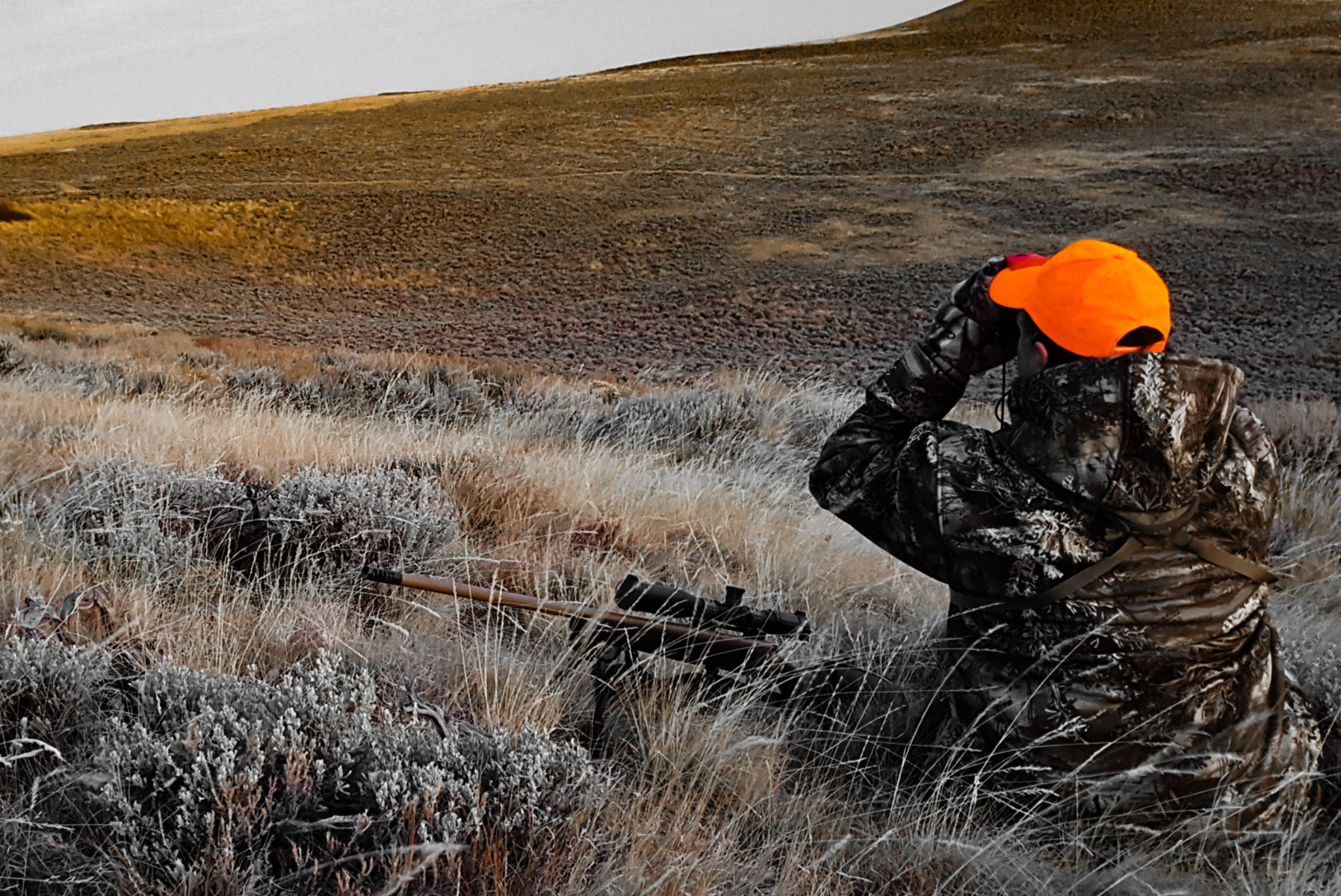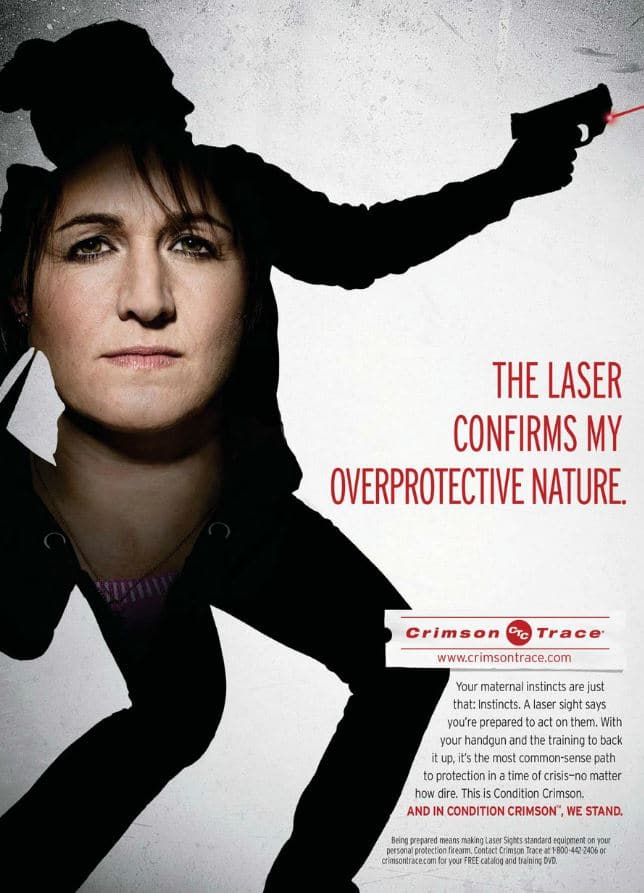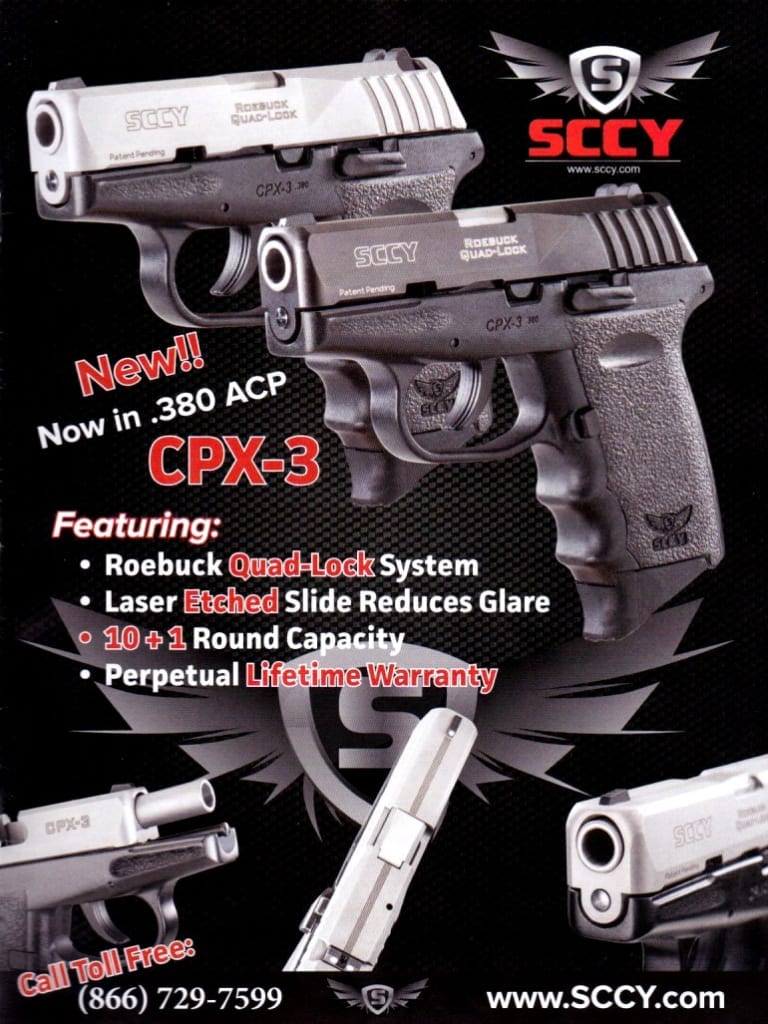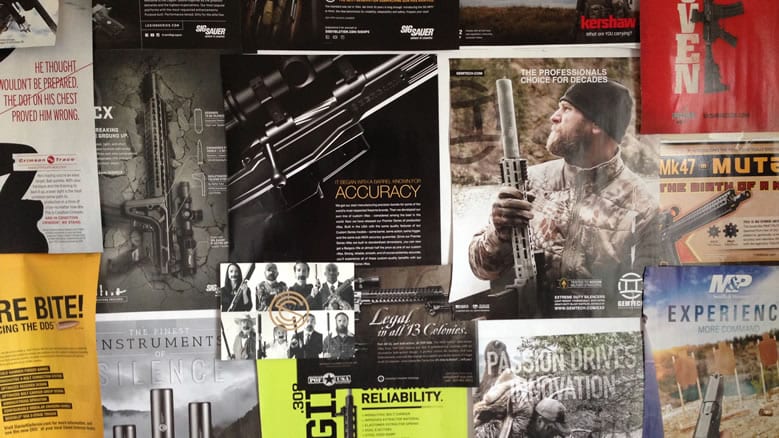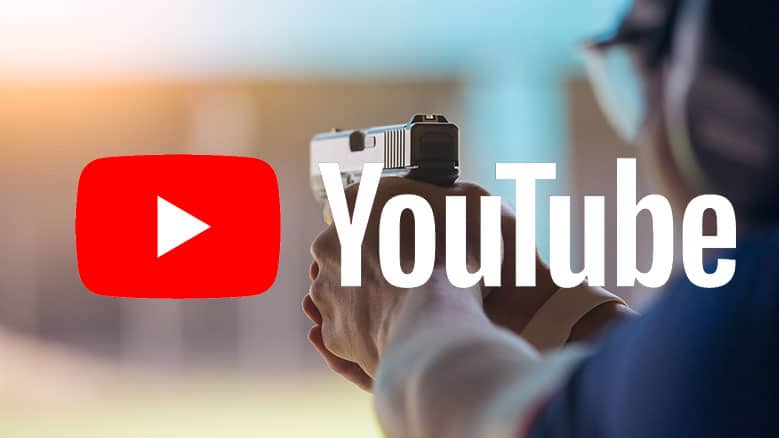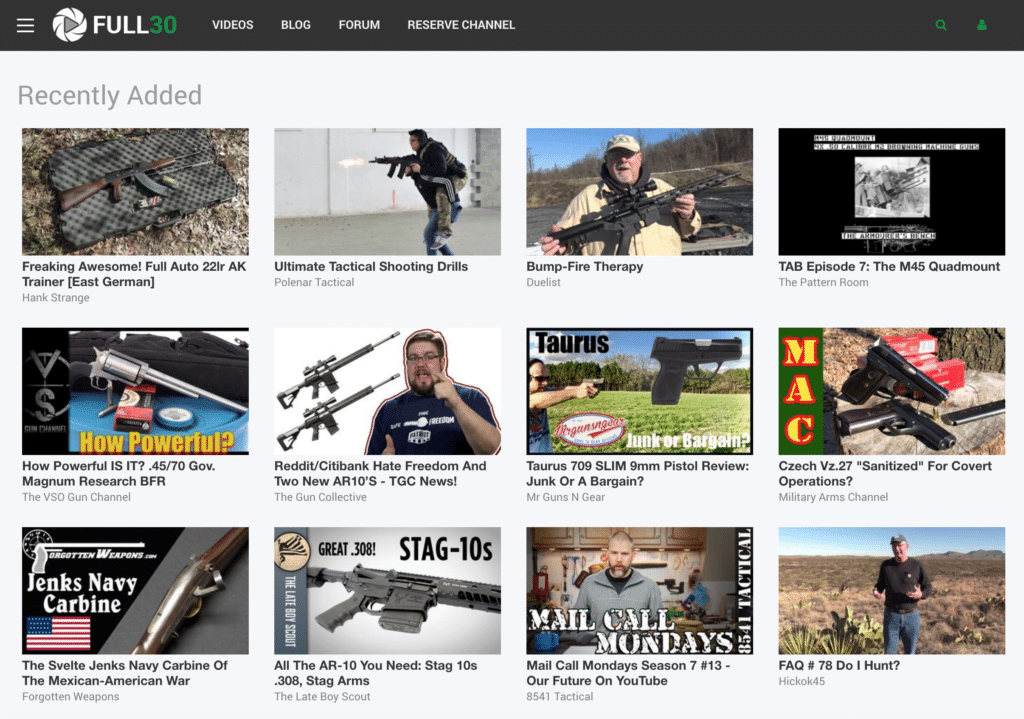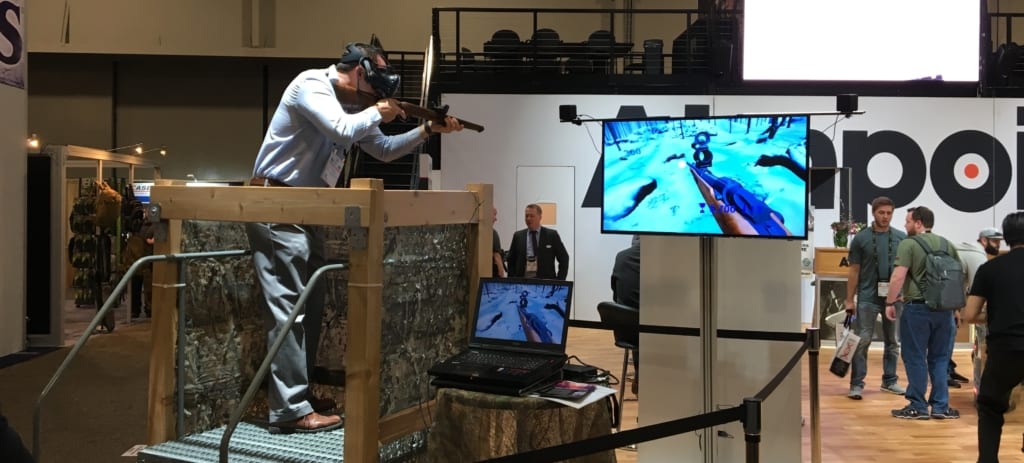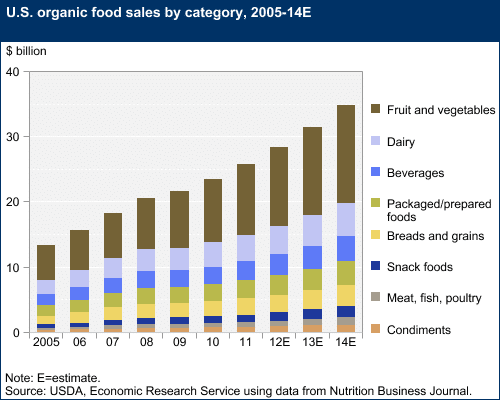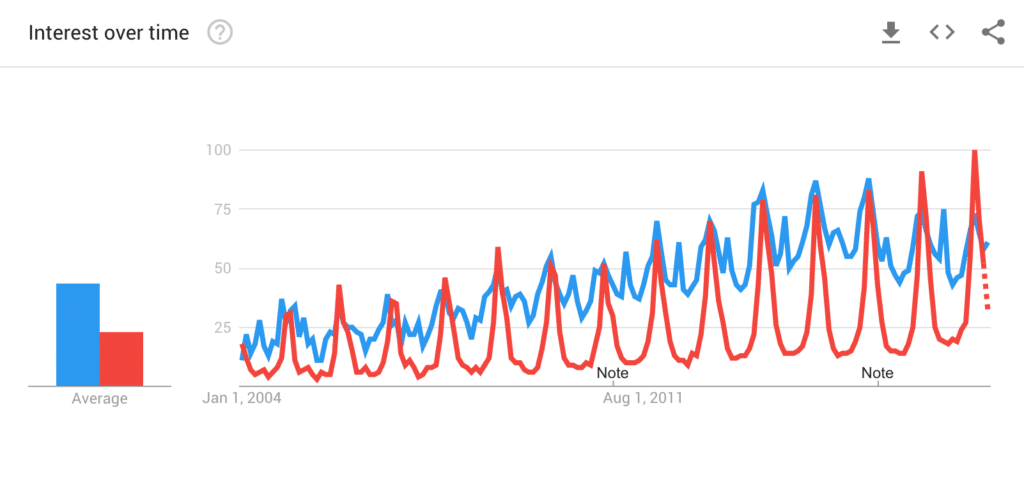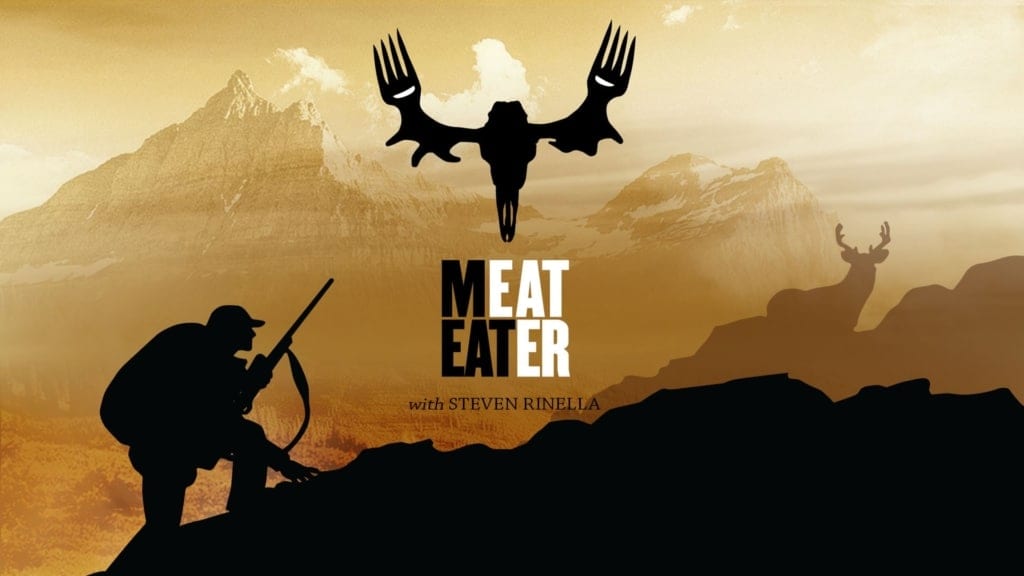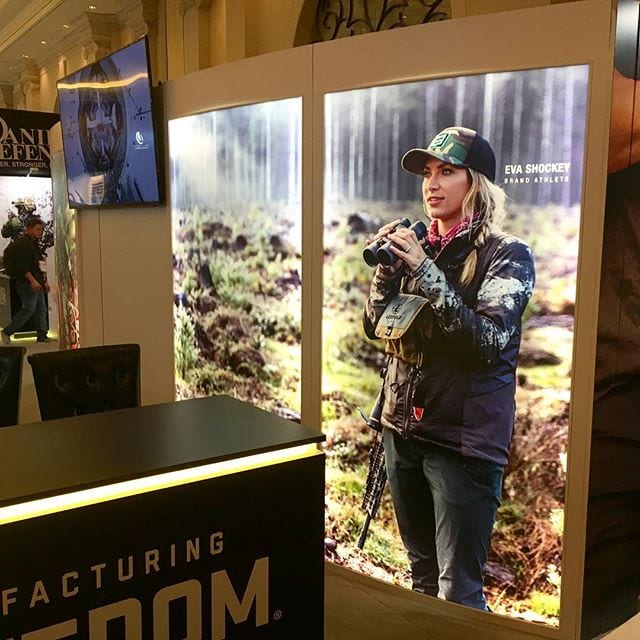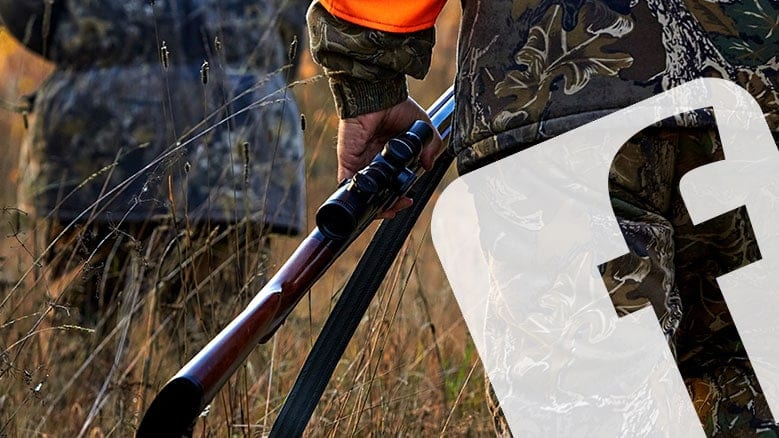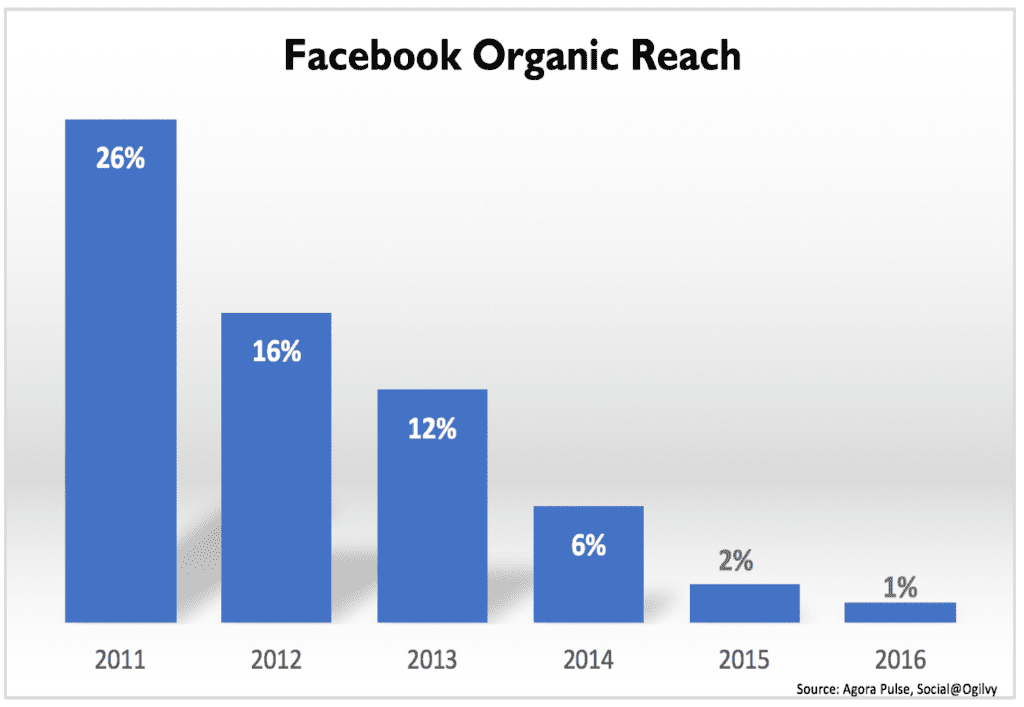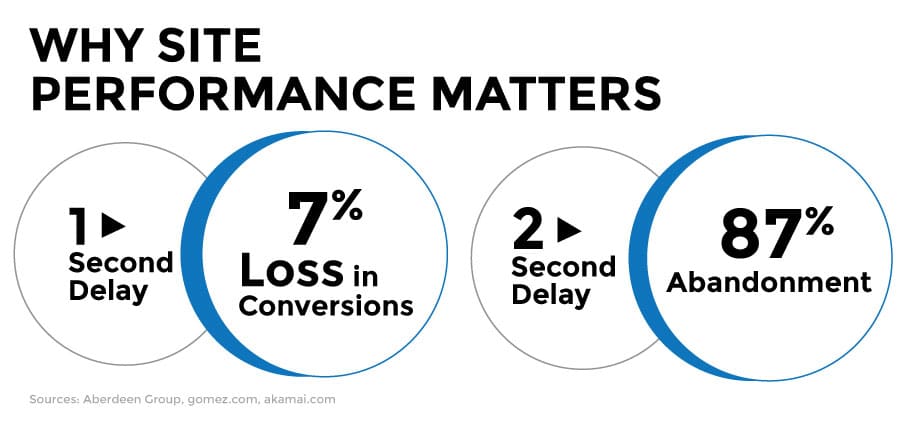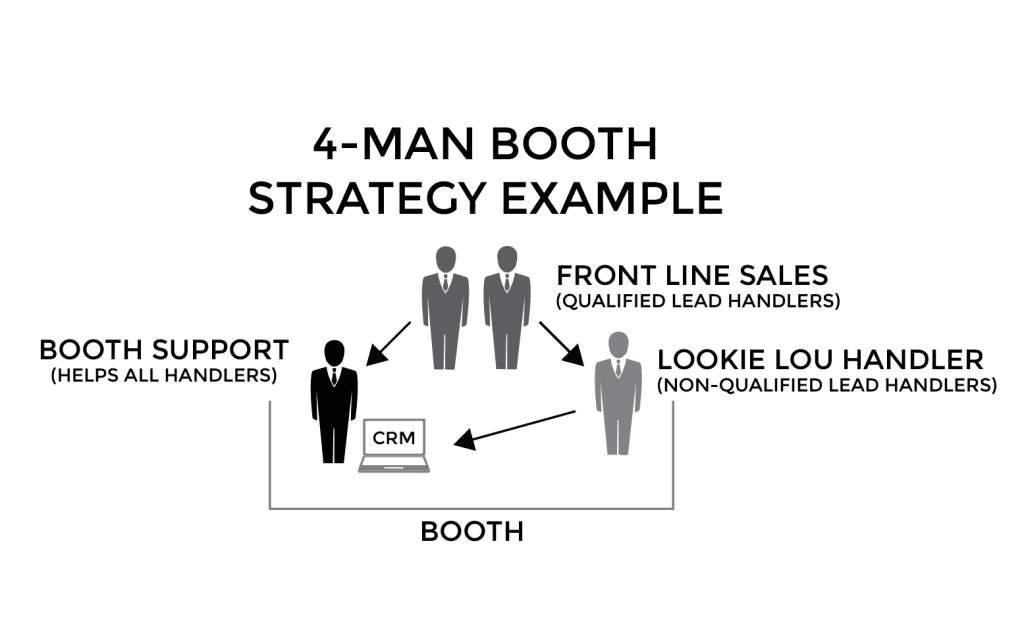What does the next year hold for outdoor, hunting, and shooting sports marketing?
Last year was a rollercoaster of boom and bust, the proliferation of eCommerce, social media restrictions, the “big” arrival of influencer marketing, NRA shenanigans, virtue signaling, anti-gun democrat presidential come and gos, distributor bankruptcies, CEO shakeups, and big box retail changes.
In this post, I consider a few trends that I think will change the trajectories for marketers and business owners in the outdoor, hunting, shooting sports and defense industries. Here’s what to expect:
1. Millennials Are Now
For years, economists and marketers have been getting everyone in a tizzy about the Millenials. “The Millenials are coming!” – well, they’re here. Millennials now represent (People born between 1982 and 2000 or 18-34-year-olds) 30% of retail sales in the U.S., which amount to 1.4 trillion in spending and half the workforce. (Source: Adobe CMO).

Photo credit: www.iwla.org
Despite the headlines that speak doom and gloom about declining hunting numbers—mostly due to millennial behaviors—I believe there is a silver lining. As marketers and business owners, the focus needs to change to a more explicit message about the value propositions of our sport to engage this generation and their underlying natural love for experiencing the outdoors.
To make my point, here are a few stats
- 78% percent of Millennials would choose to spend money on a desirable experience over buying something desirable
- They incredibly engaged with content and over 38% consider themselves content creators
- Millennials spend more time outside and money than the average outdoor consumer (Source: oi.org)
The hunting and shooting industry is the epitome of experience and one that is very enjoyable. The trick is attracting and getting these people to experience what it feels like to hear the forest come alive at sunrise, the joy of seeing wildlife in their natural environment, the adrenaline rush of putting a buck in your sights, and the health benefits of fresh organic meat.
“We need to be recruiting in a different way than we have for the last 40 years,” said Brian Lynn, vice president of marketing and communications for the Sportsmen’s Alliance, a national hunting advocacy group. “The overall trend is down from 15 million to 11 million or so. There’s a whole bunch of little things going on. Millennials, it’s not that they’re not hunting or don’t have an interest. We actually see a lot of interest, especially in the locavore movements, field-to-table, field-to-fork-type movements — people wanting to know where their food comes from. The bigger issue is urbanization — people living in big cities, disconnected from their food.” (Source: Denver Post)
I am optimistic that hunting will make a come back through the efforts of R3 (Recruit, Reengage and Reactivation), private landowner participation and brands focusing their content on beginners and people outside of the general hunting stereotype. Below is a graph of search engine trends on searches for “how to hunt deer,” “deer license” and “hunt deer” that point to an increased interest on Google since 2004.
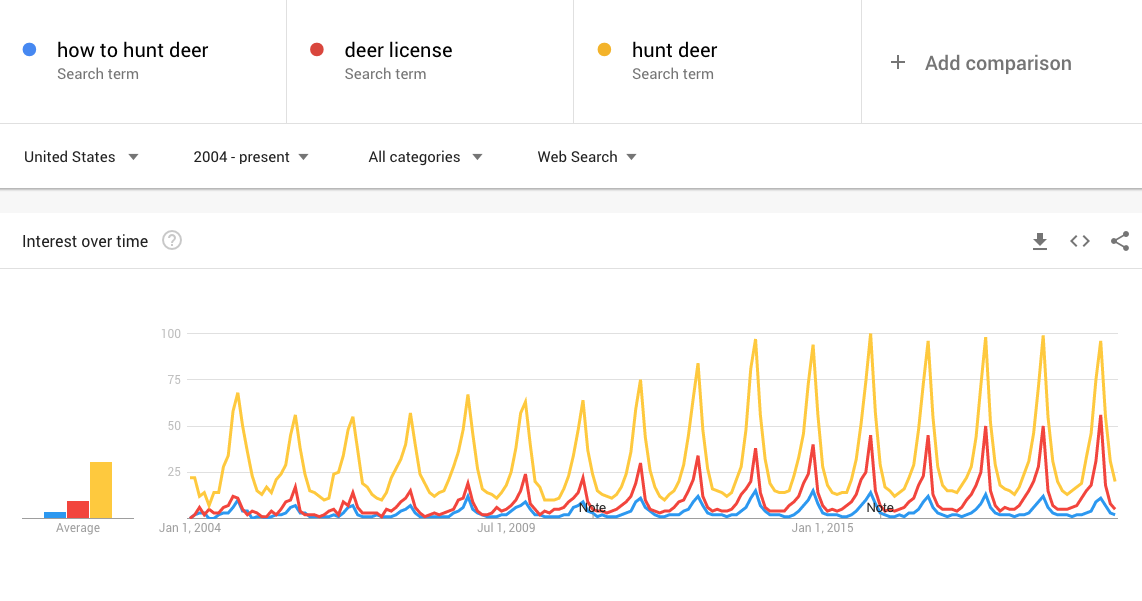
I think (as we all know), once you get someone into hunting or fishing it gets in their blood and they become hooked for life (pun intended). I think there is something intrinsically wired in us for it—more people need to feel it.
“Earthy crunchy aligns very well with deer hunting,” Charles Evans, 29, who works in hunter recruitment for the Georgia Wildlife Federation, told The Wall Street Journal.
I took a new friend who’s a Millennial to shoot sporting clays last week, and he loved it. We’re making plans for a second shoot next week. R3 efforts work.
2. Field-to-Fork Movement Continues to Grow
I was talking to Kevin Orthman, president of POMA the other day who shared with me (and on LinkedIn) that the media group Chernin Group invested another 50 million (Source: Axios) in Netflix’s MeatEater series. This is interesting on several fronts because any significance in Field-to-Fork paid programming is significant to our efforts.
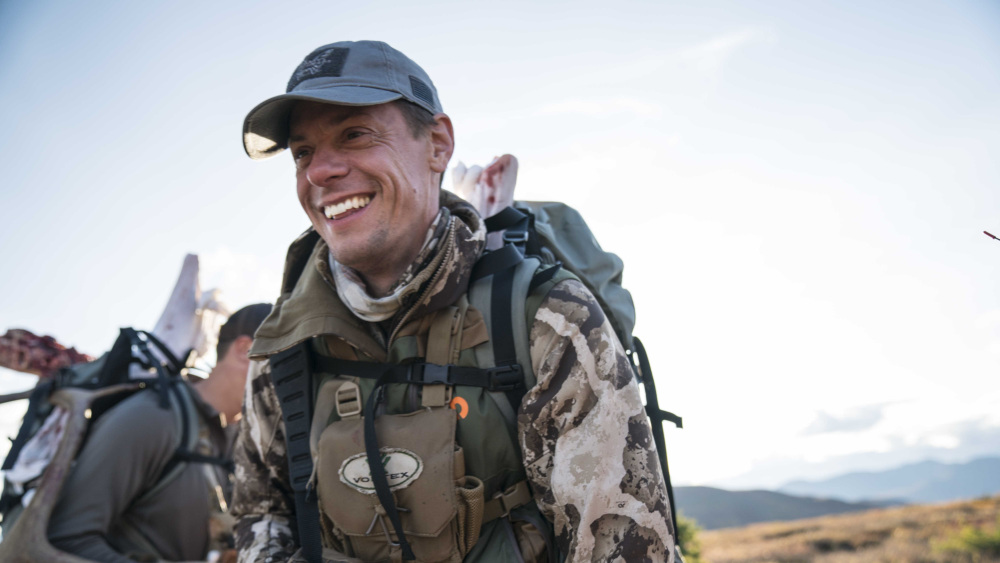
Photo credit: Meateater
The question is, can the hunting and outdoor companies bridge the gap between the left-leaning half of the outdoor industry with the more conservative hunting side of the industry. Does this even matter? “The Meat Eater brand and content rally cuts across the whole country,” says Mike Kerns, President of Digital at The Chernin Group. “The podcast performance for the brand is actually strongest in big DMAs like the Bay Area, Southern California, the Northwest as well as MidWest.”
Be on the lookout for more nature-oriented modern outdoor/hunting brands to emerge. I pointed this trend out in 2018, and it looks like it’s continuing to gain steam.
3. Retailers Have to Play Marketing Catchup
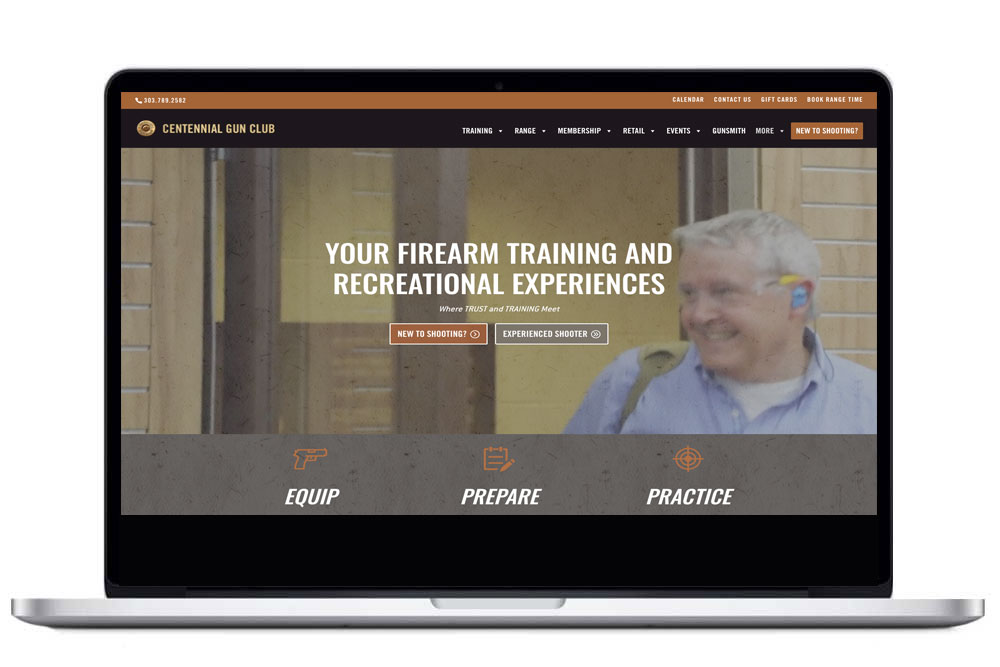 Retail environments (in and out of the industry) continue to struggle while eCommerce continues to grow. A few brands have adopted eCommerce over the last year, one in particular, Daniel Defense, who now sells direct with funding options. This trend will affect dealers and with more disruption to distributors on the horizon (see new Dealer Pro Kelly Brand App), things are definitely changing at the retail level.
Retail environments (in and out of the industry) continue to struggle while eCommerce continues to grow. A few brands have adopted eCommerce over the last year, one in particular, Daniel Defense, who now sells direct with funding options. This trend will affect dealers and with more disruption to distributors on the horizon (see new Dealer Pro Kelly Brand App), things are definitely changing at the retail level.
NSSF continues to encourage retailers to add ranges, training classes and create a buying experience. Retailers have forgotten how to market effectively due to the boom years of Obama and are having to play catch up.
Customer Experience
Customer experience at the retail (and manufacturer level) needs to be placed under marketing. Customer service can no longer be a silo that just takes support calls, it must be integrated within sales and marketing. HubSpot calls this the flywheel. Retailers and brands must get better at instigating referrals (word of mouth) not only within our personal networks but also activating and incentivizing our customers. Retailers must also begin taking a closer look at their web presence to remain competitive in their local markets. See Centennial Gun Club for a good example on how to accomplish this.
4. Going International
President Donald Trump’s administration successfully completed the long-promised modernization of the export control regulations that began more than eight years ago under the prior administration, but which was never completed due to domestic gun control reasons. (Source: NSSF) What this means is that it will be easier for manufacturers to export products.
For starters,
- The new rules eliminate the $2,256 registration fee.
- The new rules transfer the licensing responsibilities to the Commerce Department, which means an optic, magazine or stock won’t be under the same scrutiny as a nuclear weapon or surface to air missile.
- It also means foreign buyers can get their U.S. made products faster
- Manufacturers don’t have to register with the Directorate of Defense Trade Controls per ITAR. This will help smaller manufacturers
- You don’t need Congress’ approval to sell 1 Million dollars in contracts
Source: Ryan Cleckner
Overall, this lessens the burdens on manufacturers to compete in the global marketplace. This can add significant top line revenue to your company’s bottom line.
Hint: Look for an announcement next week (3/2/2020) on how you can take advantage of this immense global opportunity!
5. GoWild! – The Industry’s Answer to Facebook?
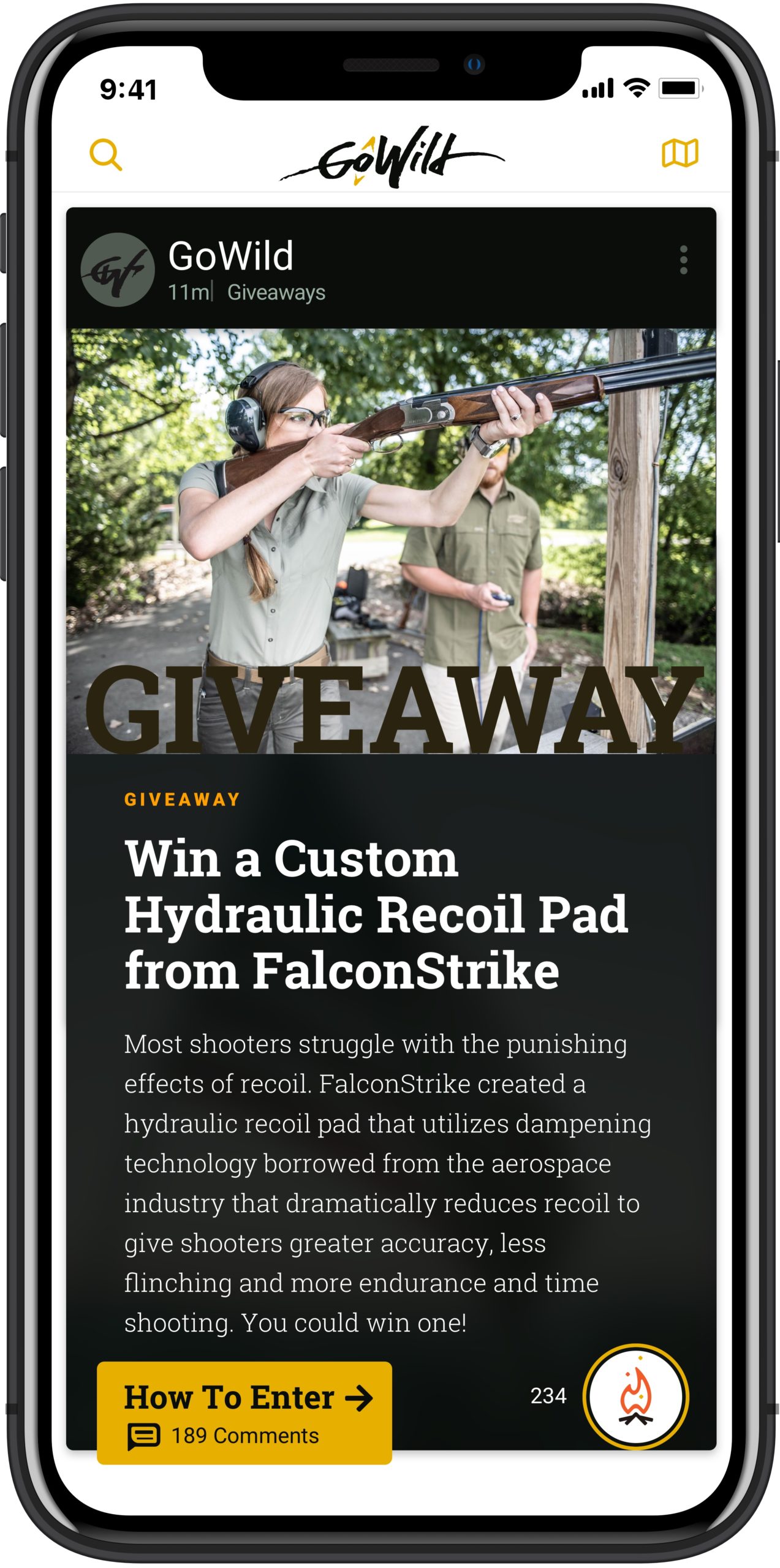 When GoWild started two years ago the vision was to create a place for outdoor enthusiasts to share their adventures and hunts without being banned or shamed by Facebook. Several other companies have attempted to create a platform and failed, but now GoWild is emerging as a company who is making great gains in giving the outdoor community a place on the internet to call home. This is exciting for marketers on several fronts.
When GoWild started two years ago the vision was to create a place for outdoor enthusiasts to share their adventures and hunts without being banned or shamed by Facebook. Several other companies have attempted to create a platform and failed, but now GoWild is emerging as a company who is making great gains in giving the outdoor community a place on the internet to call home. This is exciting for marketers on several fronts.
- Engaged audience
- Social commerce
- Data and tracking for ROI
 If you follow the burgeoning ROI stats of Facebook, like you, I am itching—sometimes screaming—to get a piece of this for our clients. GoWild continues to grow by attracting investment dollars along with integrations from the likes of Garmin. I’m excited to see how this platform evolves over the coming year and am looking forward to how GoWild can be used to gain awareness for companies that create quality products.
If you follow the burgeoning ROI stats of Facebook, like you, I am itching—sometimes screaming—to get a piece of this for our clients. GoWild continues to grow by attracting investment dollars along with integrations from the likes of Garmin. I’m excited to see how this platform evolves over the coming year and am looking forward to how GoWild can be used to gain awareness for companies that create quality products.
6. Have More Fun in Your Marketing!
There were several great campaigns launched this past year that I think deserve mentioning.
Walther’s “Try Before You Buy” was a great way to differentiate and shakeup the gun buying process that tried to mimic popular subscription models.
Leupold’s “Find a Pair” was also a fresh marketing idea. Leupold tied their new sunglasses launch to social media and partnered with their influencers to create a game of hide and seek to raise awareness.
I hope to see more (and do) campaigns like this.
7. Instagram Influencer Restrictions
In December, Facebook launched Brand Collabs for Instagram — their attempt to tap the burgeoning billion-dollar influencer marketing industry. If the tool takes off, Instagram could become the go-to for all things influencer marketing. They will use their new product to enforce their “no weapons” advertising policy. According to their announcement last month:
“Our advertising policies have long prohibited the advertisement of these products (firearms), and we will begin enforcement on this in the coming weeks.”
Speaking with training instructor and influencer Ian Strimbeck of Runennation, “As someone that’s been in the industry for almost 10 years I can tell you it wasn’t a matter of if they’d start restricting firearm branded content, but when.”
In my opinion, brands should continue their influencer campaigns for as long as possible. Announcements like this create more confusion than clarity. Instagram nor the Federal Trade Commission requires influencers to tag the companies they’re working with—only to state a declaration that the influencer is a paid spokesperson.
The FTC works to stop deceptive ads, and its Endorsement Guidelines go into detail about how advertisers and endorsers can stay on the right side of the law.
“If you endorse a product through social media, your endorsement message should make it obvious when you have a relationship (“material connection”) with the brand. A “material connection” to the brand includes a personal, family, or employment relationship or a financial relationship – such as the brand paying you or giving you free or discounted products or services.”
Make certain your influencers know about these rules and disclosures and check with an attorney who knows the firearm industry.
Looking forward, the next year looks interesting as more and more solutions to problems of advertising, community, and lifestyle are getting answered. With Trump’s reelection guaranteed in the Fall, the industry can continue to focus on innovation, getting back to normal (whatever that is), and growing our industry.
What about you? What trends do you think will affect outdoor marketing in our industry this year? Please comment below.
